Parihaka
Where can I find information about Parihaka?
(Years 7-10)
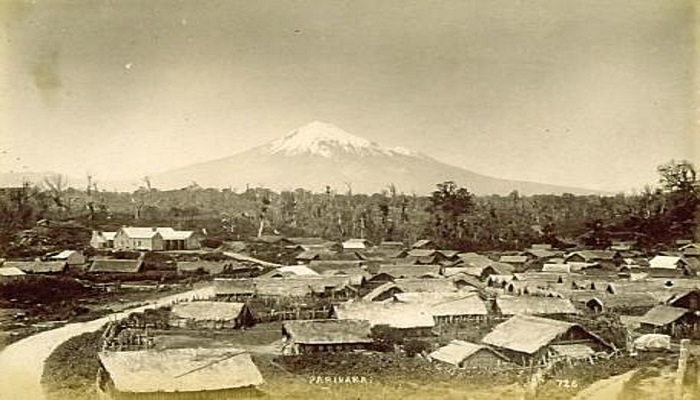
Image: Parihaka by Josiah Martin on DigitalNZ.
Entry last updated: 10/07/25
Introduction
Parihaka was a Māori settlement in Taranaki around the 1860’s when New Zealand was a British colony, and land was being divided up and given to European settlers. Māori leaders Te Whiti o Rongomai and Tohu Kākahi encouraged the people of Parihaka to defend their land by peaceful methods. Frustrated with the resistance, the government issued an order to invade Parihaka on 5 November 1881. The people remained peaceful, but their leaders were still arrested and the settlement mostly destroyed.
In 2017, the New Zealand government formally apologised to the people of Parihaka.
Parihaka leaders
These leaders listed below all played important roles at Parihaka.
Te Whiti o Rongomai: (?–1907) Prophet, peaceful activist, Māori leader.
Tohu Kākahi: (1828–1907) Prophet, Māori leader.
Riwha Tītokowaru: (?-1888) Prophet, Māori leader.
John Bryce: (1833–1913) Politician, Minister Native Affairs, leader of the armed invasion of Parihaka.
Sir John Hall: (1824-1907) New Zealand Prime Minister.
Te Ara: The Encyclopedia of New Zealand
Te Ara: Encyclopedia of New Zealand has a link to Dictionary of New Zealand Biography (DNZB). DNZB has information about the lives and achievements of famous New Zealanders from the 17th to 21st centuries. You can use this site to learn more about the people listed above.
Look down the page to Dictionary of New Zealand Biographies.
You can either use the search box to enter a name or browse last names by alphabet.
Tips: A website’s address (URL) can give you a hint about how reliable it is. Look for addresses in the results that include .govt or .edu in the URL. These are quality sites from overseas government or educational organisations.
Peaceful resistance
The Parihaka community chose to resist government efforts to confiscate their land by peaceful methods rather than armed action. You can read about their non-violent protests on the websites below.
Te Ara: The Encyclopedia of New Zealand
Te Ara is an excellent starting point for all questions about Aotearoa New Zealand. If we look down to the bottom of the page we can see that the website belongs to the Ministry for Culture & Heritage, so the information is well-researched and reliable.
Choose Stories A-Z
go to 'T' for Taranaki tribe
then Resistance.
NZ History is another great website for information about Aotearoa New Zealand. This website also belongs to the Ministry for Culture & Heritage, so the information is well-researched and reliable. To find information about non violent action:
Enter keyword 'Parihaka' in the search box.
Tips: We like sites like this because they’re reliable. You can tell because of their web address – they have .govt meaning they are from government organisations. They’re also New Zealand sites, so relevant for us.
Christchurch City Libraries has many blog posts on New Zealand topics. These blog posts have links to further information and related links.
The blog post on Parihaka covers passive resistance and the Christchurch connection.
This page also has a link to the Deed of reconciliation which was signed by the Crown and the Parihaka community in 2017.
Tips: Many web pages have links to further information or to other recommended sites. Following these links is a great way to find out more.
The invasion of Parihaka
The invasion of Parihaka by armed government forces took place on 5 November 1881 and was lead by John Bryce, Minister of Native Affairs. The websites below will help you understand what took place.
DigitalNZ is a search site that focuses on New Zealand history and brings together results from lots of different websites. It’s an easy way of searching online resources from New Zealand libraries, museums, universities and government sites all at once. The results are grouped by type of information, like images, videos, newspapers, articles and research papers.
Use the search bar to enter the words 'Parihaka invasion'.
Choose from images, articles, newspapers and more eg Parihaka.
Tips: Websites that have .org or .net in the address can have good information, but you need to assess how reliable it is. Check the About DigitalNZ link on the website to find out what the organisation’s mission and values are.
NZ History is a great website for information about New Zealand. This website also belongs to the Ministry for Culture & Heritage, so the information is well-researched and reliable.
Search for 'Parihaka', then
This is a great website for New Zealand television, film, music video and web series.
Open the search bar.
Enter in 'Parihaka'.
Choose from results like Tim Finn's music video Parihaka or the film trailer of the documentary Tātarakihi - The Children of Parihaka.
Tips: Websites that have .com or .co in the address can have good information, but you need to assess how reliable it is. Check the About Us link on this website to find out what the company’s mission and values are.
Primary sources
Primary sources are recorded first hand experiences of people. They can be in the form of a recount, book, photograph, letter, diary, article, speech, data, video recording or image etc.
Digital NZ is a great website for primary sources.
Search for 'Parihaka' and choose from articles, images, newspapers and more.
Papers Past is a collection of early New Zealand newspapers that have been digitised. You can search for and read articles as they appeared in the newspaper at the time.
Choose newspapers.
Enter 'Parihaka' in the search bar.
Add other keywords words like 'invasion' or 'peaceful'.
Go to Title and select the Taranaki newspapers.
Choose from the results.
Tips: We like sites like this because they’re reliable. You can tell because of their web address – they have .govt meaning they are from government organisations. They’re also New Zealand sites, so relevant for us.
Books
As well as online resources, there are books about Parihaka. Check out your local public library or school library for titles like these:
Ask That Mountain : the story of Parihaka by Dick Scott.
Te Whiti O Rongomai and the resistance of Parihaka by Danny Keenan.
The Parihaka album : lest we forget by Rachel Buchanan.
SCIS no: 1893649
Topics covered
Related content
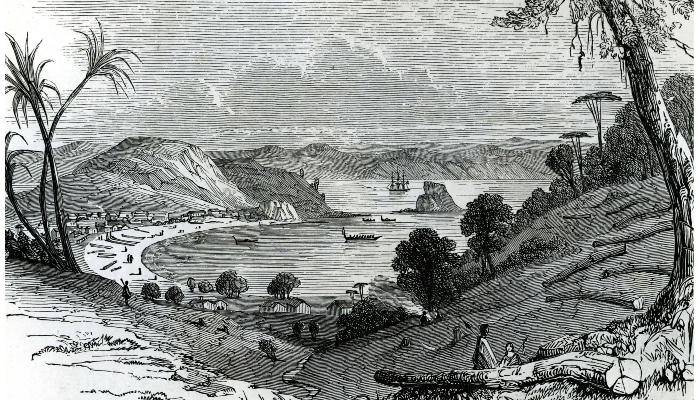
New Zealand wars
Where can I find information about the New Zealand Wars during the 1840s to 1870s?
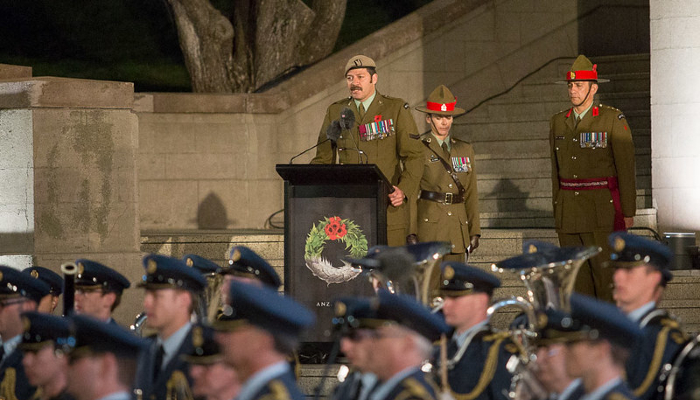
Māori leaders and heroes
Where can I find information about Māori leaders and heroes?
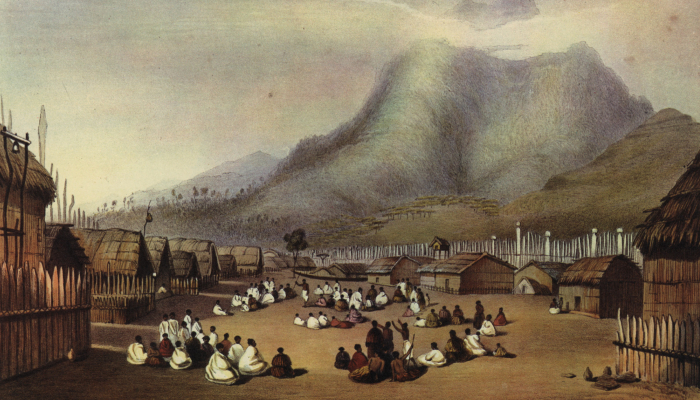
Māori history
Where can I find information about Māori history?
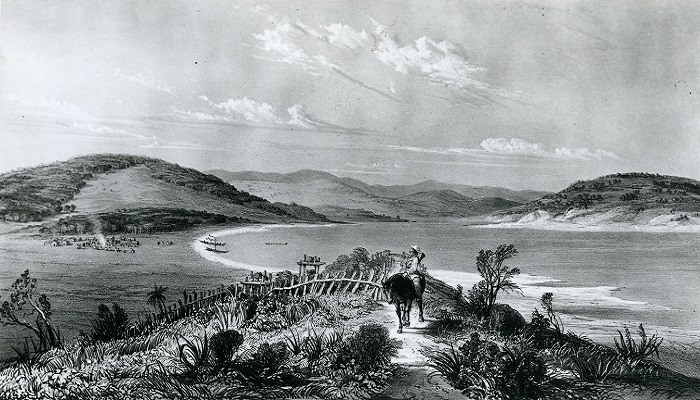
History (New Zealand)
Where can I find information about New Zealand history?
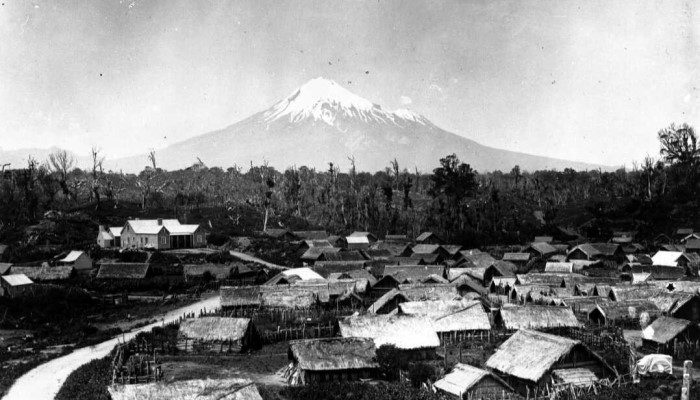
Events of New Plymouth
Where can I find information about the local histories of New Plymouth | Ngāmotu?
